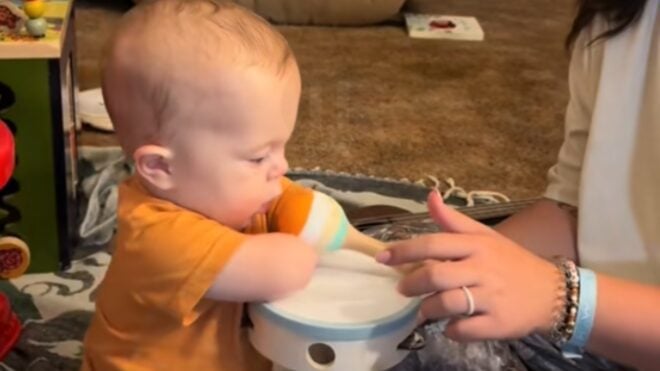While some pregnancies are planned, many can certainly come as a joyous surprise.
Over the years, prospective parents have come up with amazing ways to share happy pregnancy news with loved ones — like this family that shared their pregnancy news via Skype and received the shock of a lifetime.
Sharing the joyous news is easy, but finding out that you're pregnant hasn't always been. Determining if you will be a new parent now usually just involves a simple trip to the pharmacy, but this wasn't always the case.
Pregnancy tests are a relatively modern invention, using urine samples that test for rises in progesterone and fluctuations in the hormonal balance. Sounds simple enough, right?
Well, these modern tests only exist after centuries of odd pregnancy-detecting methods. And when I saw some of these, I absolutely couldn't believe that people used to think these would work!
Scroll through below to see these strange and mysterious methodologies.
Which of these pregnancy-detecting methods is most shocking to you? Let us know in the comments!
1400 B.C.

Pregnancy tests have been around for over 3,350 years, and the ancient Egyptians had a special technique all their own.
During the reign of Pharaoh Akhenaten, who was married to the infamous Queen Nefertiti, Egyptians would sprinkle a woman’s urine over wheat and barley seeds. If the grain began to sprout, they believed she was pregnant. The barley sprouted if it was a boy; the wheat if the baby was to be a girl.
History tells us that this technique really worked, at least in terms of detecting if the woman was pregnant in the first place. The secret is that the hormones in the urine are actually what helped the seedlings to grow. Not bad for the 14th century B.C.
1400 B.C.

This next method of pregnancy testing seems a bit less effective.
In addition to the “grain” test, ancient Egyptians also employed a “beer and date mash” test. Discovered by archeologists drawn on a piece of papyrus, this method suggests spreading mashed-up dates (and beer) around the floor and documenting how many times the “supposedly" pregnant woman vomited.
If it was a lot, then the woman in question was definitely pregnant, and if not, at least she had a strong stomach.
Aversion to intense odors are, of course, a landmark sign of pregnancy; however, this test probably didn’t produce the most accurate results.
600 A.D.

The ancient Greeks had their own pregnancy theories that proved even stranger than the Egyptians'.
If a woman was suspected of being pregnant, a doctor would insert an onion or other strong-smelling root vegetable into her and leave it there for the night.
If she had onion breath the next morning, she was pregnant. The theory speculated that the vagina was more absorbent during pregnancy, though this theory has since been debunked.
1400 A.D.
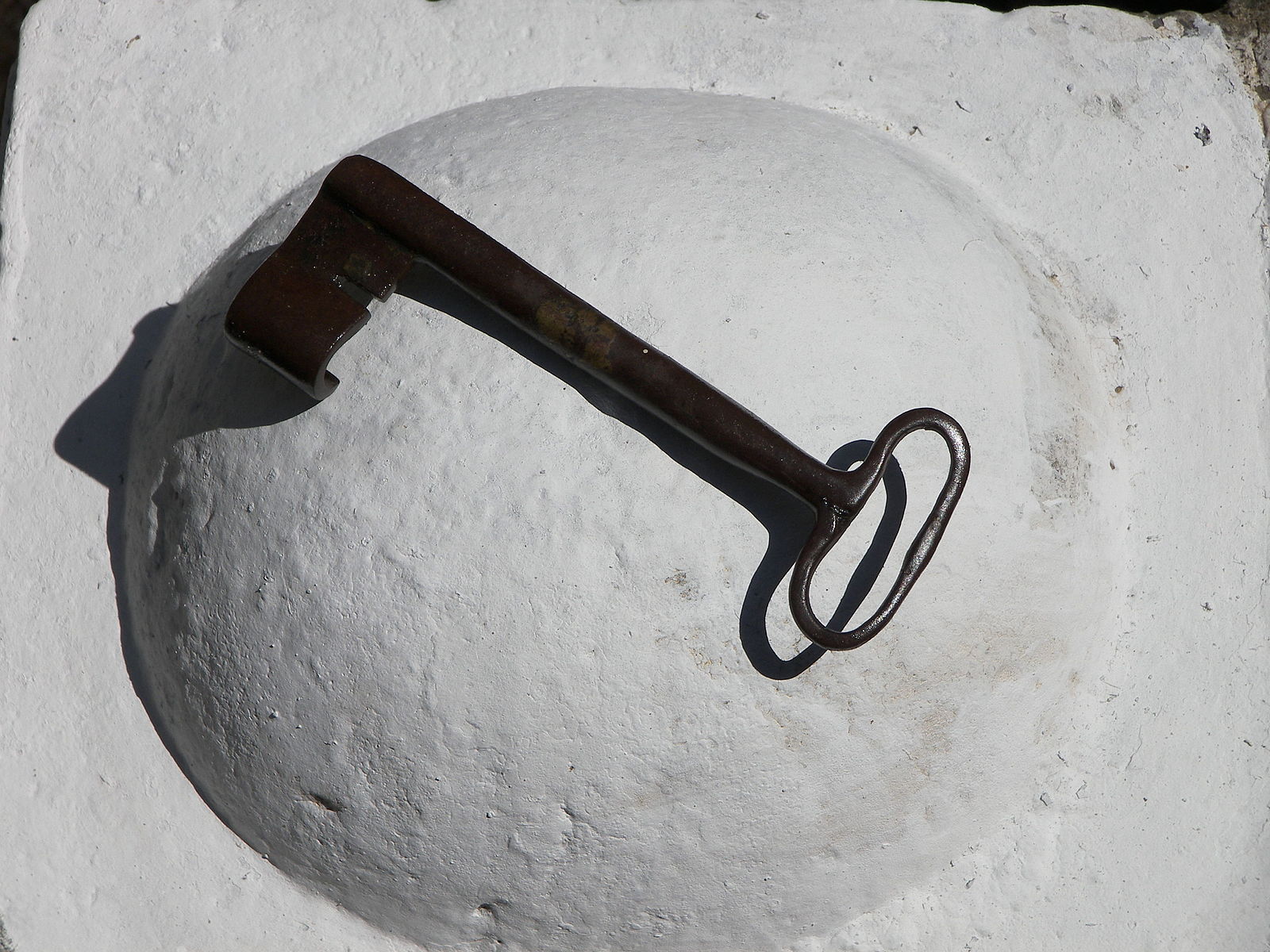
500-1500 A.D.

There was a time when the urine of suspected pregnant women was analyzed by “prophets.”
European women were often brought before these “experts” who, by peering deep into their urine streams and considering the tones, hues, and smells of the pee, claimed they could foretell whether a baby was on the way.
Weirder still, to get an even more accurate read, the most advanced prophets actually mixed urine with wine.
Though it seems crazy, there is some scientific truth to this methodology. Alcohol does react with specific proteins produced during pregnancy, so it makes sense that the color and consistency of the wine-mixture would communicate something.
1600 A.D.
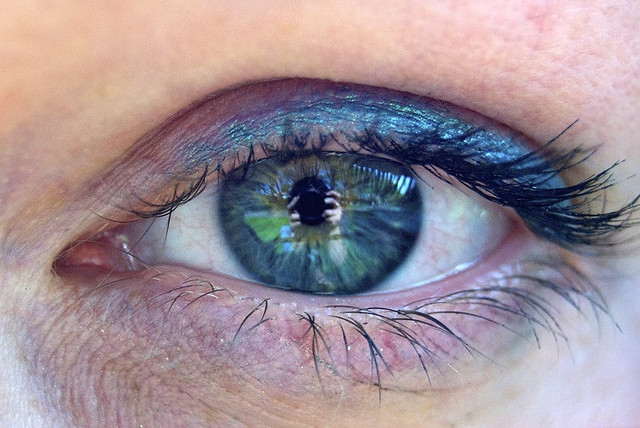
As medical science advanced through the centuries, more and more doctors tried to solidify their theories as to exactly what happens to a woman’s body when she is pregnant.
One 16th-century physician, Jacques Guillemeau, claimed that you could tell by a woman’s eyes whether or not she was with child.
Guillemeau, author of an influential treatise on ophthalmology, claimed that as early as the second month, “a pregnant woman gets deep-set eyes with small pupils, drooping lids and swollen little veins in the corner of the eye.”
Though this has since been proven wrong, Guillemea was correct about one thing: your vision can shift during pregnancy. This is why it’s often suggested not to get new contacts or prescription glasses during pregnancy.
1920

Skipping ahead to the 1920s, the hormone hCG was finally identified by medical researchers for the first time. This was a huge advancement in pregnancy testing, as it connected the hormone in urine to the accuracy of the test.
Since pee-sticks had not yet been invented, the woman’s urine would be injected into an immature female mouse instead. If the hCG hormone was present, the animal would go into “heat,” essentially becoming sexually active and ready for copulation.
Incredibly, this test was 98 percent accurate.
1940

Building on the "rabbit test," in the late 1940s, scientists determined that when the urine of a pregnant woman was injected into a live toad or frog, the amphibian would produce eggs within 24 hours.
This was an important step on the road to creating the first blood test, and the home pregnancy test, which fundamentally changed the way women safely and easily determine if they're pregnant.
1977
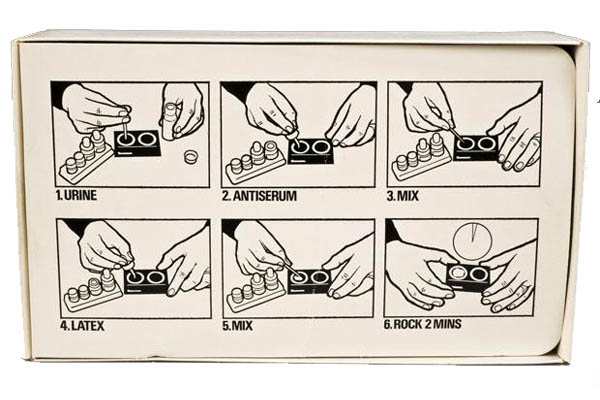
Pregnancy testing moved out of the doctor’s office and into the home in the late 1970s, but the tests definitely weren't as easy as they are today.
The first pregnancy tests officially hit the market in 1977 and consisted of a vial of purified water, a test tube, and a sample of red blood cells from a sheep.
Women had to use an angled mirror to pee into the tube, then add the water and sheep’s blood to the vial and refrigerate undisturbed for two hours. Needless to say, it was a time-consuming and stressful process.
1980-2015
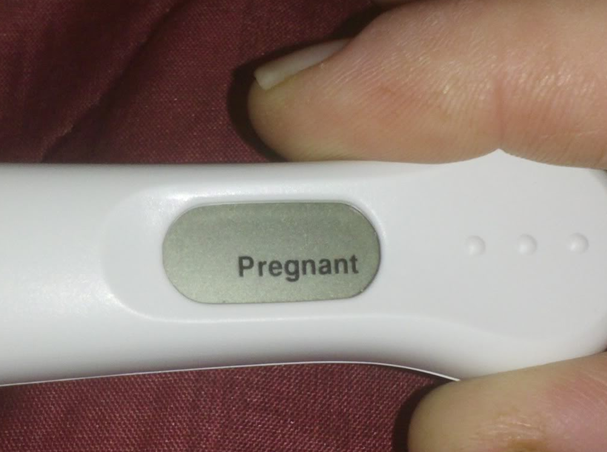
Fast-forwarding a bit, companies have created many new, more user-friendly pregnancy tests.
1988 saw the introduction of the first one-piece test from Unilever. These tests use lateral flow technology, which involves porous paper that transports fluid in a path. The paper is permeated with antibodies that react to human chorionic gonadotropin. When the urine passes through those antibodies and into a control area, a band of color appears if you’re pregnant.
It's just a simple trip to the pharmacy and you're good to go.
The evolution of pregnancy detection has been a very long and bizarre journey.
Which of these pregnancy testing methodologies did you find most surprising? Let us know in the comments.
Please SHARE these fascinating historical methods with friends and family!


